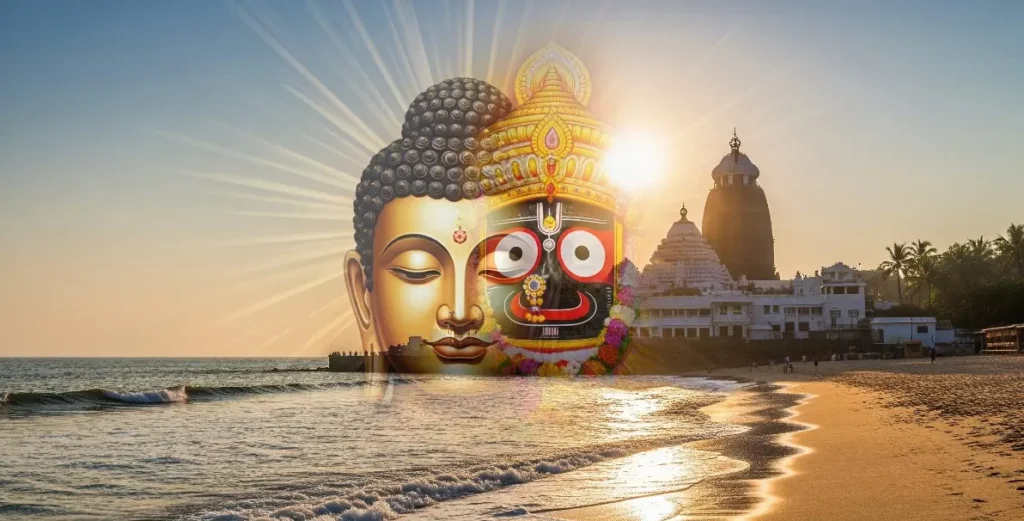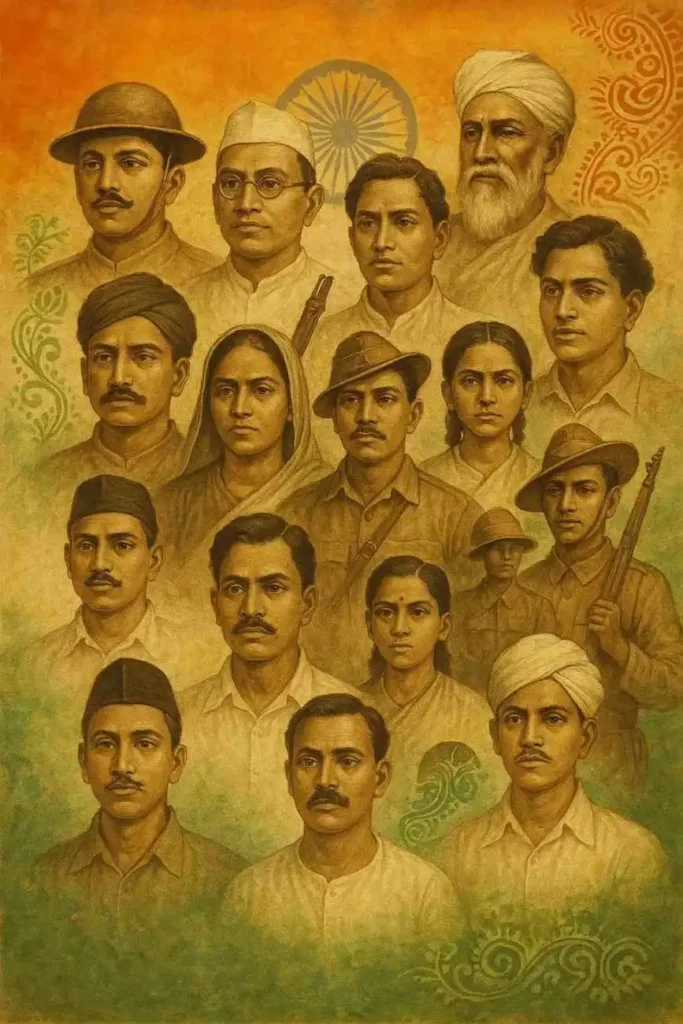
Table of Contents
Adi Guru Shankaracharya—this revered name continues to echo across centuries. But who was he really? And why does he remain a towering figure in India’s spiritual history?
In fact, in this blog, we’ll journey through the fascinating life of Adi Guru Shankaracharya, his unmatched contributions to Advaita Vedanta, and his incredible role in reviving the Jagannath tradition in Odisha. Therefore, if you’re someone who finds joy in exploring India’s spiritual depth, stay with us till the end.Who Was Adi Guru Shankaracharya?
To begin with, Adi Guru Shankaracharya was born in Kaladi, Kerala, into a devout Brahmin family. A child prodigy, he mastered the Vedas, Upanishads, and Puranas at a remarkably young age. Moreover, though scholars debate the exact years of his life, many believe he lived between 788 AD to 820 AD and passed away at the young age of 32.
Despite that, within that short span, he traversed the length and breadth of India, barefoot, engaging in intellectual debates, reviving ancient temples, and establishing four spiritual mathas (monasteries)—a feat that still influences Indian spirituality.
What Is Adi Shankaracharya Known For?
Shankaracharya was not just a scholar but a visionary. He founded the Advaita Vedanta school of philosophy, which emphasizes the non-dualistic nature of reality—asserting that the soul (Atman) and the ultimate reality (Brahman) are one and the same.
Moreover, he authored more than 300 texts—commentaries, philosophical treatises, and hymns—including:
- Bhagavad Gita Bhashya
- Upanishad Commentaries
- Jagannathashtakam, a hymn praising Lord Jagannath
His Historic Visit to Odisha
One of the most remarkable, yet lesser-known chapters of Shankaracharya’s life was his journey to Purusottam Kshetra (modern-day Puri). According to ancient texts and the Madala Panji, during the reign of Mahabhaba Gupta Jajati Keshari, Shankaracharya visited Jajpur, bathed in the Baitarani River, and had a divine vision of Yajna Varaha.
Consequently, upon learning that the sacred idols of Lord Jagannath had been hidden in Sonepur due to Yavana (Muslim) invasions, Shankaracharya guided the King to recover the Brahma substance and reinstall new idols made of Neem wood at the Ratna Vedi. This sacred restoration is considered a spiritual milestone in Jagannath culture.
Founding Govardhan Matha and Spiritual Reforms
Notably, Shankaracharya not only played a pivotal role in restoring the Jagannath tradition but also established the Govardhan Matha in Puri—one of the four cardinal peethas in India. He introduced:
- Smarta rituals
- Unified worship practices of Shaiva, Vaishnava, and Shakta sects
- The offering of Mahaprasad (rice offerings) to Lord Jagannath
People Also Ask
1. Who was the real Adi Shankaracharya?
2. What is the significance of Adi Shankaracharya in Hinduism?
3. What did Adi Shankaracharya write?
4. How did Adi Shankaracharya contribute to the Jagannath tradition?
5. Where did Adi Shankaracharya die?
Why Adi Guru Shankaracharya Still Matters Today
Even today, in a time when spiritual divisions and confusion cloud the core of Indian philosophy, the teachings of Adi Guru Shankaracharya remain as relevant as ever. His vision of oneness of existence, clarity of thought, and simplicity in practice continues to inspire millions.
Above all, his philosophy isn’t just for monks or scholars—it’s for anyone seeking truth, peace, and a deeper understanding of self.Begin Your Journey with Adi Guru Shankaracharya
Whether you’re a student of philosophy, a follower of Sanatan Dharma, or simply someone in search of spiritual clarity, rediscovering the legacy of Adi Guru Shankaracharya is a rewarding journey.
- Start with his hymns.
- Reflect on the idea of non-duality.
- Visit one of the mathas he established.
- Experience the divine aura of Govardhan Matha in Puri.
“Brahma Satyam Jagan Mithya, Jivo Brahmaiva Na Aparah”


